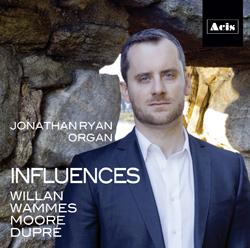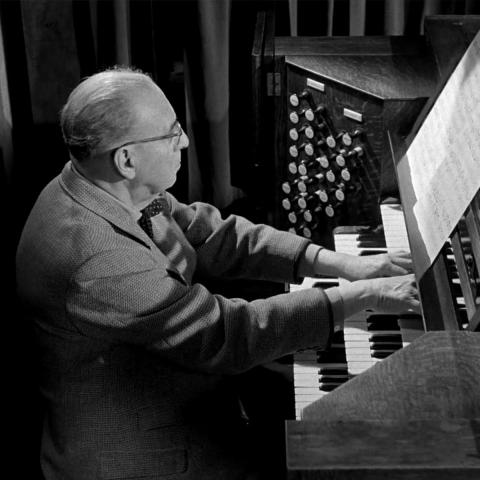
Jonathan Ryan is featured on a new compact disc, Influences, on the Acis label, recorded on the 1912 Stahlhuth/2002 Jann organ (IV/94) at St. Martin’s Church in Dudelange, Luxembourg, an instrument noted for its combination of German, French, and English Romantic styles. The recording selections include Marcel Dupré’s Passion Symphony and Healey Willan’s Introduction, Passacaglia, and Fugue, as well as two recording premieres: Ad Wammes’ Ride on a High Speed Train and Philip Moore’s Pastorale, commissioned by Ryan for this project. It is available for purchase on jonathan-ryan.com and iTunes. Jonathan Ryan is represented by Karen McFarlane Artists, Inc., www.concertorganists.com.






